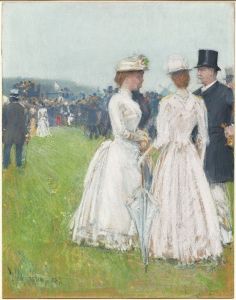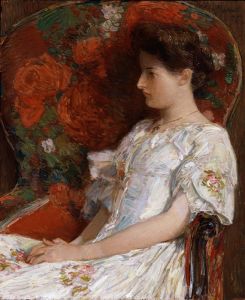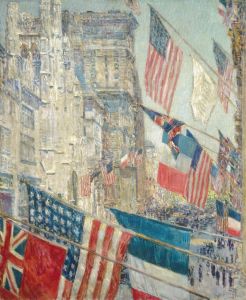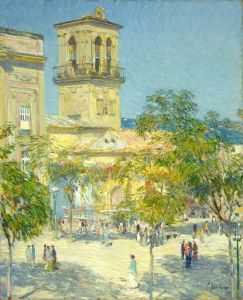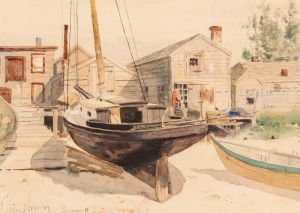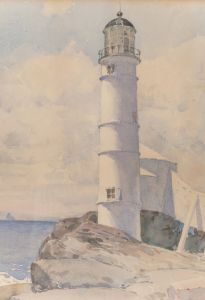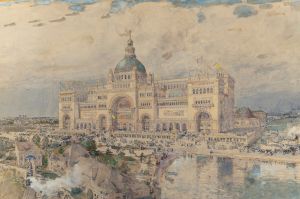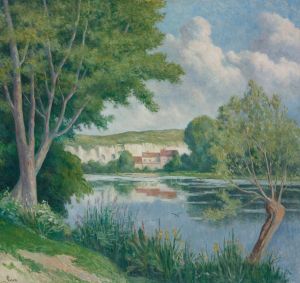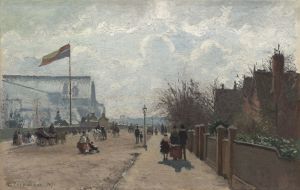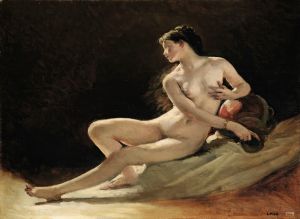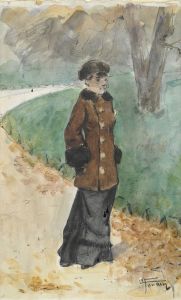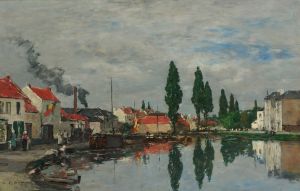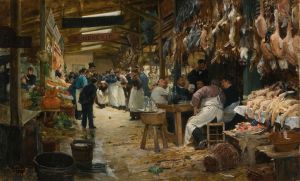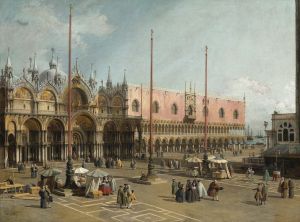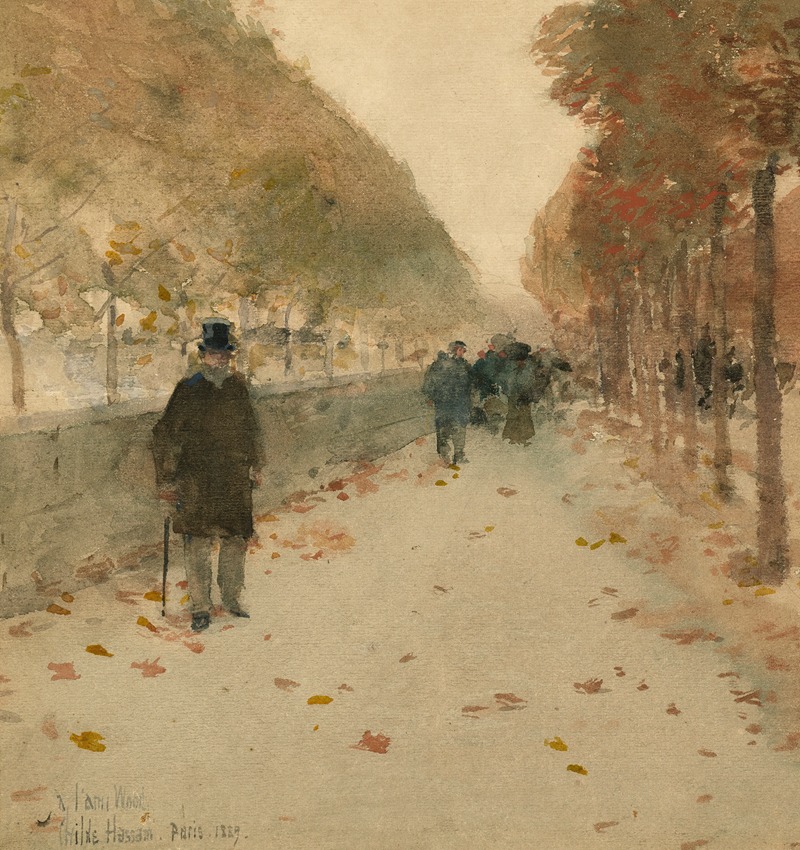
Quai du Louvre
A hand-painted replica of Childe Hassam’s masterpiece Quai du Louvre, meticulously crafted by professional artists to capture the true essence of the original. Each piece is created with museum-quality canvas and rare mineral pigments, carefully painted by experienced artists with delicate brushstrokes and rich, layered colors to perfectly recreate the texture of the original artwork. Unlike machine-printed reproductions, this hand-painted version brings the painting to life, infused with the artist’s emotions and skill in every stroke. Whether for personal collection or home decoration, it instantly elevates the artistic atmosphere of any space.
"Quai du Louvre" is a painting by the American Impressionist artist Childe Hassam, created in 1897. Hassam, born in 1859 in Dorchester, Massachusetts, was a prominent figure in the American Impressionist movement, known for his vibrant urban and coastal scenes. His works often captured the interplay of light and atmosphere, drawing inspiration from both European Impressionism and his American surroundings.
The painting "Quai du Louvre" depicts a scene along the Seine River in Paris, near the famous Louvre Museum. This location was a popular subject for artists due to its picturesque views and the bustling life along the riverbanks. Hassam's choice to paint this scene reflects his interest in capturing the essence of urban life and the dynamic environment of Paris, a city that greatly influenced his work during his time in Europe.
In "Quai du Louvre," Hassam employs his characteristic Impressionist style, using loose brushwork and a vibrant palette to convey the lively atmosphere of the Parisian riverside. The painting captures the play of light on the water and the movement of people and carriages along the quay, illustrating Hassam's skill in rendering the transient effects of light and color. This approach aligns with the broader Impressionist movement, which sought to depict modern life and the fleeting qualities of light and atmosphere.
Hassam's time in Paris was crucial to his artistic development. He studied at the Académie Julian and was exposed to the works of French Impressionists such as Claude Monet and Pierre-Auguste Renoir. This exposure influenced his technique and subject matter, leading him to adopt a brighter palette and a more spontaneous approach to painting. "Quai du Louvre" is a testament to this period of growth and experimentation in Hassam's career.
The painting is also significant as it reflects Hassam's ability to blend American and European influences. While he adopted the Impressionist style, he maintained a unique perspective that was distinctly his own, often focusing on urban scenes and the effects of light in a way that resonated with American audiences. His work helped to popularize Impressionism in the United States, bridging the gap between European art movements and American artistic traditions.
"Quai du Louvre" is part of Hassam's broader body of work that includes numerous cityscapes and landscapes, each characterized by his keen observation of light and atmosphere. His paintings are celebrated for their ability to capture the spirit of the places he depicted, whether it be the bustling streets of Paris or the serene coastlines of New England.
Today, Childe Hassam is regarded as one of the leading figures of American Impressionism. His works are held in major museums and collections across the United States, and "Quai du Louvre" remains an important example of his contribution to the art world. The painting not only showcases Hassam's technical skill and artistic vision but also serves as a historical document of a vibrant period in both his career and the broader context of Impressionist art.





